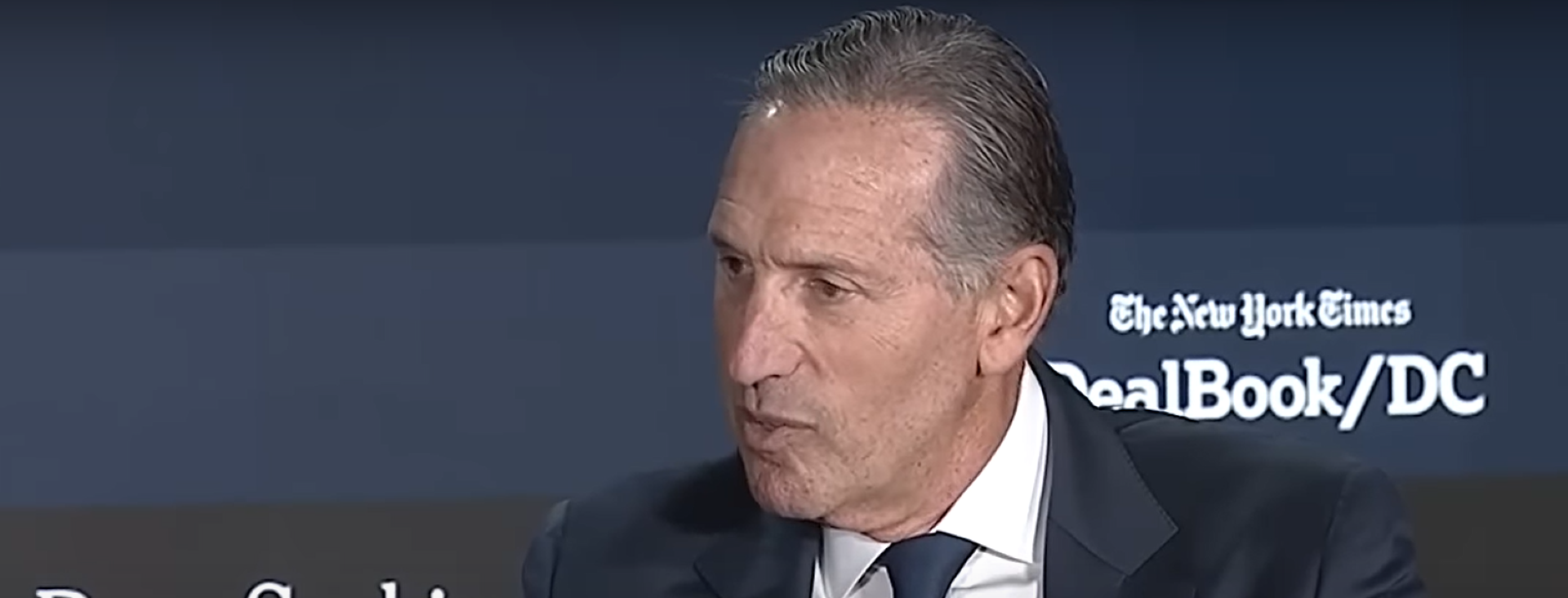Union Organizers Reveal Starbucks Buffalo Tactics

Yet another Starbucks has unionized. This time it is now in Albuquerque, NM. That makes more than 180 stores across the country taking part. But it hasn’t happened without a fight.
In interviews for TYT Investigates, we got to the bottom of just how extensive union-busting efforts were as soon as the movement started in Buffalo, NY.
According to partners (what Starbucks calls baristas), the overbearing presence of corporate powers in Buffalo when unionization efforts began was shocking. Within days of the first store filing to be recognized as a union, the company flew in C-suite executives to set up shop and try to mitigate the movement.
That included organizing what were called ‘Listening Sessions’ by Starbucks and ‘Captive Audience Meetings’ by Starbucks Workers United, the labor union organized by Starbucks workers. The meetings are essentially anti-union meetings. That’s in part why outspoken union advocates were barred from attendance. Michelle Eisen, a 12-year partner with Starbucks, was one of those people.
“We're not allowed to attend one of these captive audience meetings because it was apparent who the very outspoken union leaders were, and so they tried to separate us from our co-workers,” Eisen told TYT.
Eisen did try to attend one meeting but says she was forced out by store managers.
“I was essentially forced out of the store, not before making an announcement to the room that I was being told I wasn't allowed to stay at this meeting and that I would be waiting in the parking lot if anyone wanted to talk after it finished,” Eisen said. “I sat in my car for an hour while a support manager who had been flown in from across the country stood over the fence to the neighboring property and watched me sit in my car for an hour while this meeting was taking place.”
The coffee chain allegedly brought in high-level people to surveil the workers on-site . “We counted around 100 different managers and high level corporate that were brought in to Buffalo to stay for long durations,” Eisen said. “I think some of them were here for up to four months staying out of hotels.” That included the then-head of Starbucks North America, Rossann Williams, according to a picture posted online by Starbucks Workers United. Williams has since left the company.
William Westlake, who works at a nearby store also in the Buffalo area, says he was also barred from listening sessions.
“Myself and my co-worker Gianna were locked outside of our store,” Westlake told TYT. “There were three managers outside of our store, guarding the door so we couldn't get in, and then there were six more managers on the inside with four of our co-workers.”
Westlake said the managers told him there were not enough snacks for him to attend the listening session.
“We were told there simply aren’t enough macaroons for everybody at the meeting, so you can’t come in,” Westlake said.
According to Colin Cochran, another organizer, store managers sent in from other parts of the country tried to sway existing employees away from union organizing activities by offering them raises and improved wages.
Cochran says that district managers and even people as high up as Williams took young partners out to lunch, promising them raises and promotions. Cochran alleges this was an effort to tell employees as young as 16 to vote against unionization.
“Somebody at my store was told by the district manager, ‘You will be a shift supervisor, it’s just a matter of when,’ and then was fired immediately after our election,” Cochran tells TYT.
Cochran’s claims are echoed in the complaint filed by Starbucks Workers United with the National Labor Relations Board (NLRB). According to the complaint, Starbucks allegedly violated federal labor laws over 200 times just in Buffalo.
The allegations that the coffee chain violated numerous labor laws in Buffalo are, in part, what fueled the momentum of the movement across the country. The company appeared concerned from the outset.
“The initial organizing committee was large and grew to over 100. The company kept calling the union a third party and referring to me as the union,” Starbucks Workers United Senior Advisor Richard Bensinger told TYT. “The fact that each store formed strong organizing committees is why and how they build strong majorities so quickly. A ‘third party' never could do that. Then the partners in Buffalo took it on to teach other partners around the nation what they learned and became organizers for those stores. Chain reaction.”
The company allegedly has started using healthcare access as a tool to sway workers away from unionizing. According to CNBC, Starbucks told partners that unionizing could jeopardize access to trans-inclusive healthcare.
Starbucks denies these allegations. A spokesperson told TYT, “We are not threatening our partners with the loss of benefits if they join a union. For over 50 years, we have taken a great deal of pride in offering industry-leading benefits and we will continue to support all of our partners.”
Starbucks successfully fought off unionization efforts in 2008 and 2016, under then-CEO Howard Schultz. In 2018, he stepped down from that role (although still remaining with the company). But in April, as organizing momentum built, Starbucks brought Schultz back as interim CEO. His experience in union-busting did not go unnoticed.
Unsurprisingly, Schultz has not changed his views. He made his perspective clear in a recent interview with the NY Times Dealbook, as the outlet More Perfect Union pointed out.
“We need to demonstrate to our people that they can trust us and we have to show up,” Schultz said. Andrew Ross Sorkin, who was facilitating the conversation, then asked, “Could you ever see embracing the union as part of it?”
Schultz said “no” and added, “The primary reason we are in business is to exceed the expectations of our customers. One-hundred million people come into Starbucks. The customer experience will be significantly challenged and less-than if a third party is integrated into our business.”
When asked about that clip, the Starbucks spokesperson said, “Howard did not state that ‘he is not going to work with the union.’ As Howard expressed, and as you can see in the video online, Starbucks has a different view than the union. We believe we will do more together as partners working side-by-side rather than across a negotiating table.”
Despite that sentiment, the company says it can still negotiate with organizers in good faith. Williams said in a letter back in December, “We have also said that we respect the legal process. This means we will bargain in good faith with the union.”
But that pledge isn’t just Starbucks playing nice. It’s required by law. According to the NLRB guide to collective bargaining rights, “Your union and employer must bargain in good faith about wages.”
The Starbucks spokesperson said, “We have fully honored the process laid out by the NLRB and encouraged our partners to exercise their right to vote in the election to have their voices heard. Any claims of union busting are categorically false.”
But the NLRB complaint filed by Starbucks Workers United tells a very different story. The complaint says that Starbucks “has been failing and refusing to bargain collectively and in good faith with the exclusive collective-bargaining representative of its employees.”
There are hundreds of alleged examples in the complaint.
When TYT reached out to Starbucks Workers United for clarification, union members doubled down on the accusations.
Lexi Rizzo, a partner in the Buffalo area, told TYT, “Throughout this campaign, Starbucks has continuously and purposefully spread misinformation in our stores and told lies to our partners. This is a company that has used every union-busting tactic that they could think of.”
Another partner, who wished not to be named, told TYT, "Of all the lies that Starbucks has told during the campaign, the most outrageous, and frankly comical one is the claim that they are not anti-union.”
It’s not just the union that has called out Starbucks executives. Even big-name investors have slammed the Starbucks C-suite for anti-unionization efforts. One group of investors, represented through Trillium Asset Management, said in a scathing letter, “We believe the way Starbucks has responded to union organizing activities suggests a departure from international norms and standards as well as from its commitments to them. Our concerns include Starbucks’ activities at stores that have organized after the Buffalo election such as alleged retaliatory termination of employees and continued captive audience meetings.”
As of today, more than 180 Starbucks locations have joined the movement. There are no signs that momentum is slowing down. According to Starbucks Workers United, more than 300 locations have now filed NLRB petitions.
Andy Hirschfeld is a freelance reporter. You can find him on Twitter @andyreports
